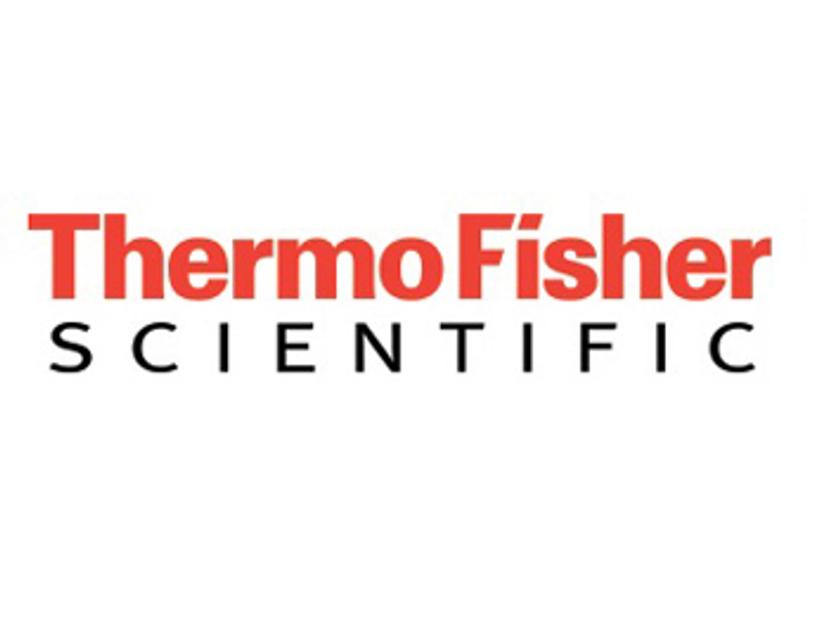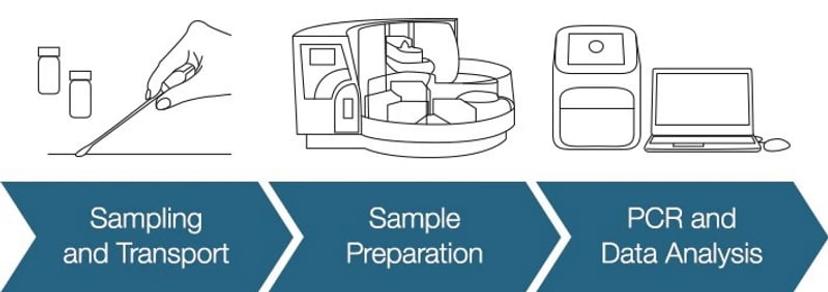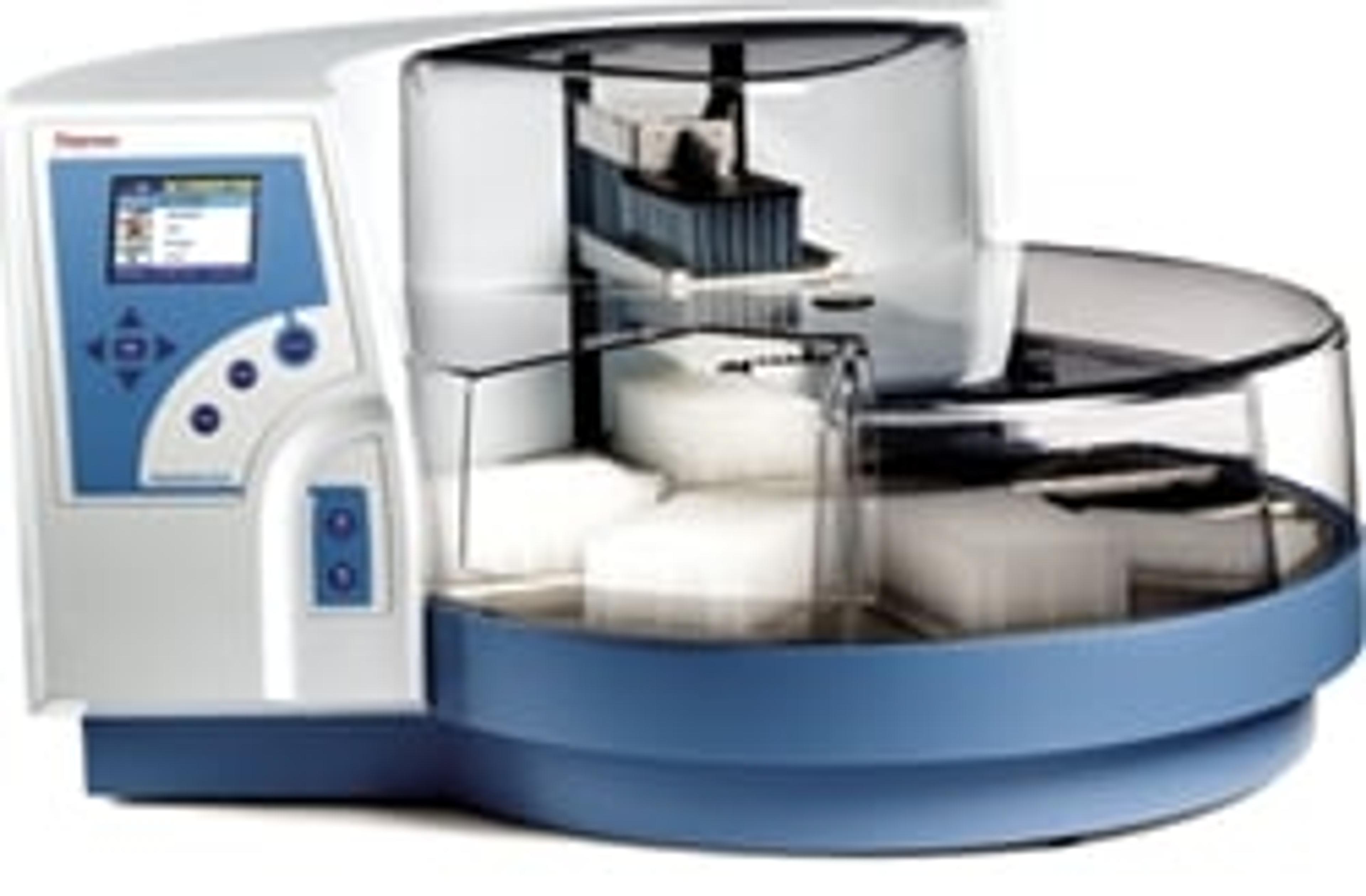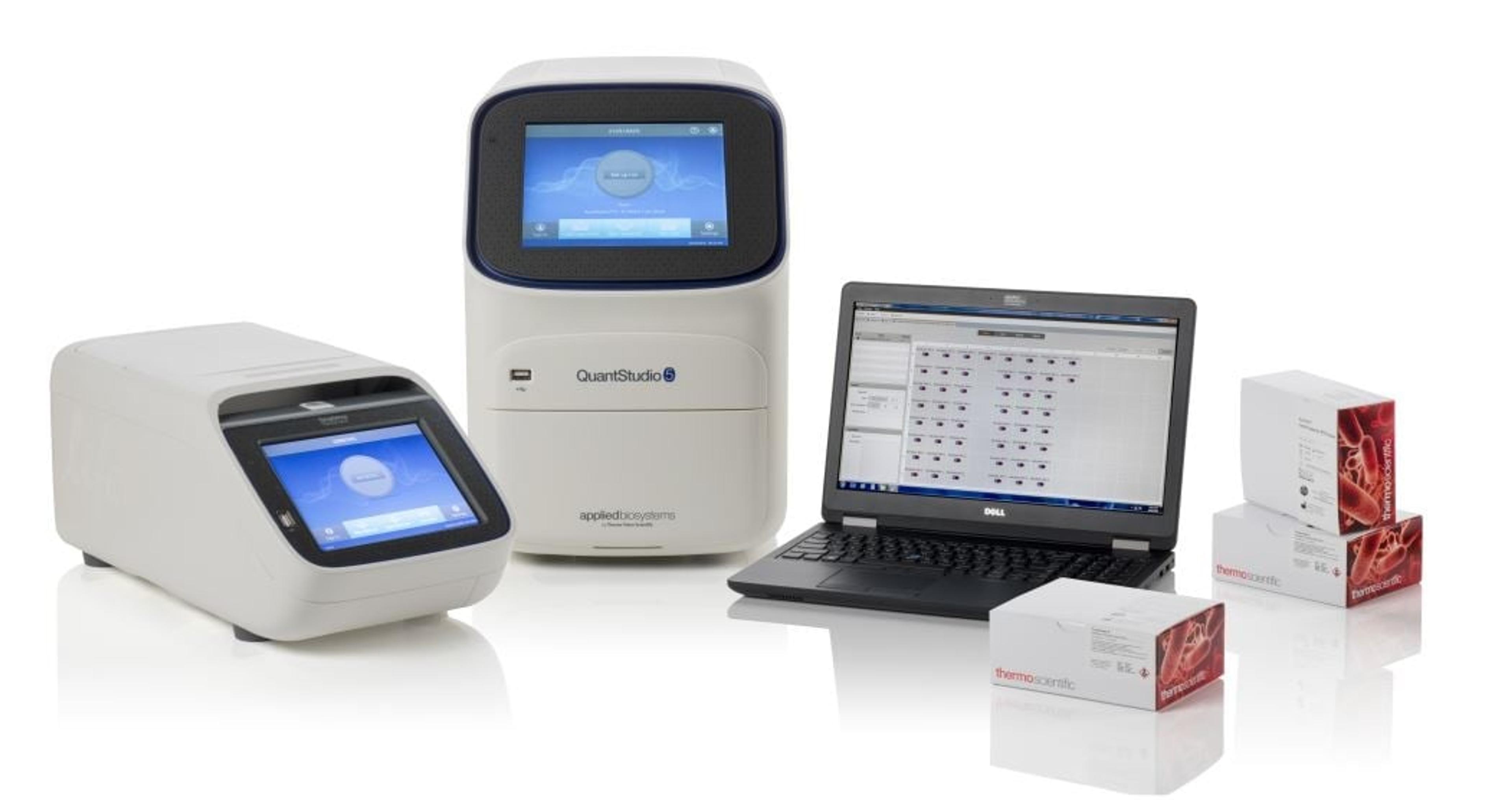Thermo Fisher Scientific launches new test workflow for SARS-CoV-2 from food packaging and environmental monitoring
The workflow is designed to minimize the potential for contamination of the food supply and risk to handlers and consumers
19 Jul 2020

The outbreak of the current coronavirus pandemic has had a huge impact on the entire world and more specifically to the way people live and think. Thermo Fisher Scientific is at the heart of the global response, helping researchers and government agencies to navigate these unprecedented challenges, ensuring priority access to instruments, consumables and safety supplies – particularly for the analysis of the virus, diagnosis, and personal protection.
Data from the World Health Organisation (WHO) indicates that transmission of coronavirus is not likely to occur from handling or consuming food. Practically, the risk will be much lower from surfaces than from a direct respiratory droplet traveling through the air from an infected person. Recent research paints a new picture, in that the virus can survive on different surfaces for up to nine days under specific conditions such as temperature, humidity, and light. The risk, therefore, remains that SARS-CoV-2 transmission can occur when a healthy person touches contaminated food or food contact surfaces (including packaging materials), and then touches their mouth, nose, or eyes.
As in any potential outbreak situation, proper cleaning, surveillance, and the prevention of cross-contamination are critical in the control of foodborne illnesses. Industries such as food producers, retailers, public health authorities and other businesses have the primary responsibility to ensure that their food is safe, not just in relation to SARS-CoV-2, but any preventable food-related illness.
Thermo Fisher ispresenting a new workflow designed to detect SARS-COV-2 from food packaging and environmental monitoring. The implementation is geared towards decreasing the potential for contamination of the food supply and subsequent infection of handlers and consumers.

Ease of sample collection is the first crucial step in this workflow, and to ensure efficient surface sampling, Thermo Fisher Scientific recommends its MicroTest™ Flocked Swab Kits. For transportation to the testing laboratory, Phosphate Buffered Saline provides the buffering and stability needed to maintain the virus and helps to ensure accurate results are achieved.
For nucleic acid extraction, options are available to suit the laboratory application, from medium-high to low-medium-throughput automated preparation (Thermo Scientific™ KingFisher™ Flex Purification System), as well as manual preparation with the Invitrogen™ DynaMag™-2 Magnet. The Applied Biosystems™ PrepSEQ™ Nucleic Acid Extraction Kit for Food and Environmental Testing provides a universal set of nucleic acid extraction reagents that can be used across both automated and manual extraction methods.
Both the Applied Biosystems™ QuantStudio 5 and 7500 Food Safety Fast Real-Time PCR Systems are recommended for use not only for the detection of SARS-CoV-2 when testing samples from food packaging and environmental monitoring, but also for running tests for a broad range of other targets important to food safety and environmental testing. For example, foodborne pathogens can be detected with increased accuracy and precision using the Thermo Fisher ScientificSureTect Food Pathogen Detection System.



